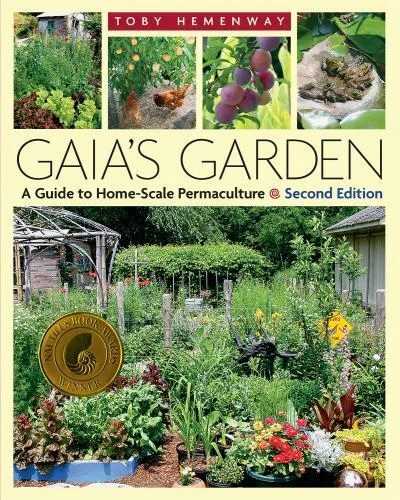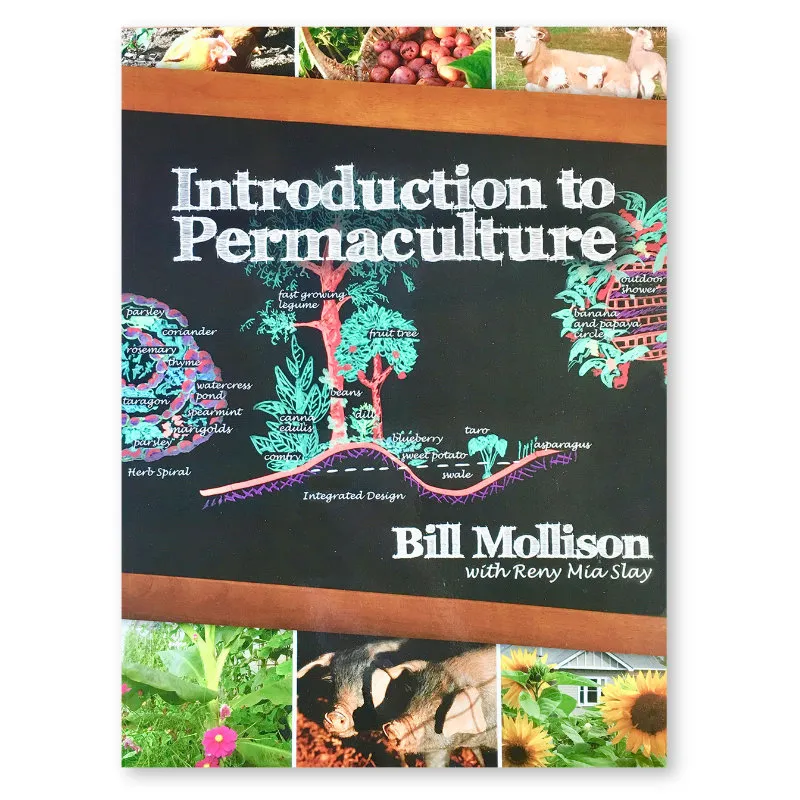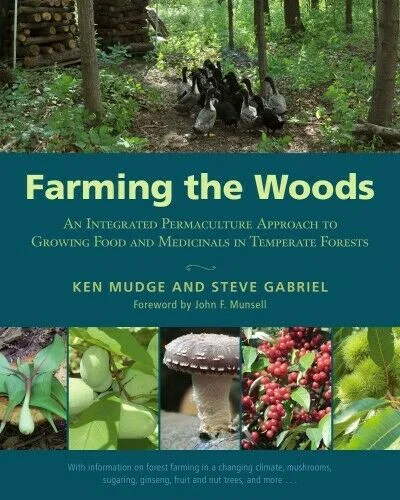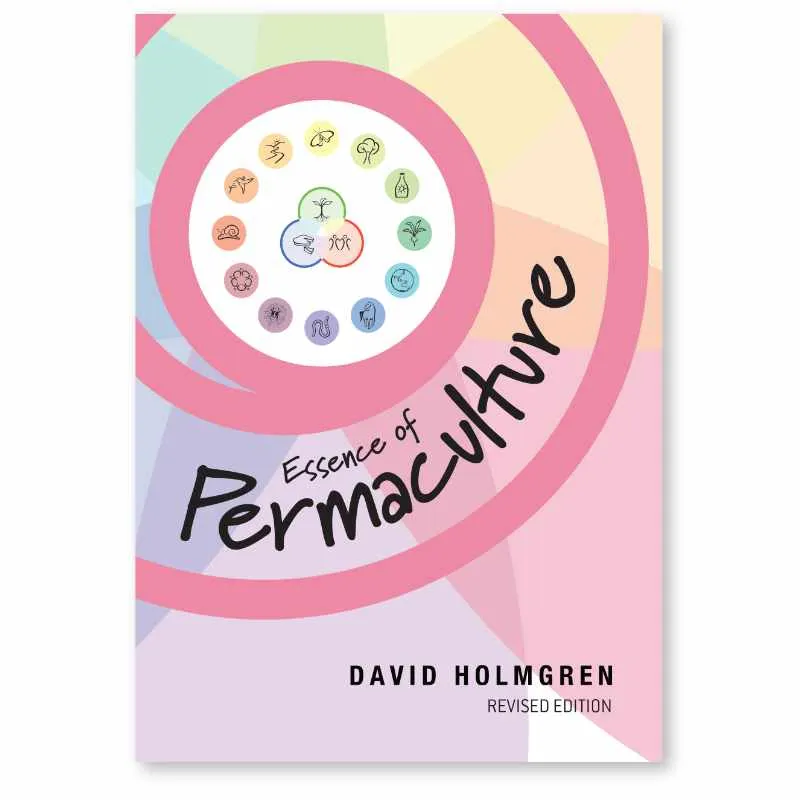Permaculture Feeds
Best books in Permaculture
If you want to create a sustainable garden or homestead, permaculture is something you’ll want to learn about. While reading articles and watching YouTube videos can be great, reading a few permaculture books is another way to learn everything that you need to know.
The information can be difficult to find, so I’ve compiled a list of the five best permaculture books available today. The list includes categories for beginners, intermediate, and advanced readers.
What is permaculture?
Permaculture is a design system that uses nature’s patterns to create sustainable human habitats. You can use permaculture in your home landscape to grow food, manage water, reduce waste and create wildlife habitat. You can also use it in your community to help create regenerative businesses, policies and infrastructure.
“Sustainability is not enough,” says author Jessi Bloom. “In order to survive and thrive on this planet, we need to regenerate our ecosystems and ourselves.”
If you want to know more about permaculture i invite you to read this article: Read more about Permaculture
Check here some of our articles:
What is Permaculture and how it works ?
Who is Geoff Lawton and what is his role in permaculture?
David Holmgren: Permaculture Pioneer and Ambassador of Change
1. Permaculture: A Designers’ Manual by Bill Mollison
Permaculture is a revolutionary system of designing landscapes and agriculture that works with nature, rather than against it. It offers an ecologically sound way to grow food, build homes and create structures that will last for centuries. Using information from this book, you can design a system that provides for all of your needs: food, shelter, energy and more.
The Permaculture Designer’s Manual is the most comprehensive guide to permaculture ever produced. Bill Mollison is the founder of permaculture — this book is the definitive guide to the subject. He draws on his decades of experience to present detailed information on every aspect of permaculture. The book provides in-depth instruction on designing gardens and landscapes, using water and energy efficiently, building natural homes, preserving foodstuffs and much more.

2. Gaia’s Garden: A Guide to Home-Scale Permaculture, 2nd Edition by Toby Hemenway
Gaia’s Garden: A Guide to Home-Scale Permaculture by Toby Hemenway. Hemenway is a respected permaculturist and an expert on sustainable systems; he’s also a skilled writer, so his book has great flow. It’s quite different from other permaculture books in that it doesn’t focus exclusively on design (although it does include many great design ideas), but rather on getting the right mindset right before you get started. This approach makes it perfect for beginners.
Gaia’s Garden also includes a very useful index, which is unusual to find in any book on permaculture. This makes it easy to find advice you’re looking for and gives you everything you need at your fingertips without having to flip through hundreds of pages.

3. Sepp Holzer’s Permaculture
In this book Sepp Holzer shares the skill and knowledge acquired over his lifetime. He covers every aspect of his farming methods, not just how to create a sustainable ecosystem, but how to make it profitable.
Sepp Holzer’s Permaculture is a treasure trove of information. It will inspire readers to turn their own hands to permaculture and will be welcomed by the many fans of Sepp Holzer the rebel farmer.

4. Practical Permaculture: for Home Landscapes, Your Community, and the Whole Earth
This book will give you a practical working knowledge of permaculture. It is accessible, practical and full of useful information. I also love this book because it focuses on permaculture in an urban environment. Not everyone has access to lots of land to implement these techniques, so it’s really important that we look at how we can bring these techniques into our homes and communities. It covers everything from water catchment, to native plants for your area and building soil fertility.

5. Introduction to Permaculture by Bill Mollison and Reny Mia Slay
This is the book that started it all. In the first few pages of this book, Bill Mollison lays out the philosophy behind permaculture. It’s a philosophy that focuses on sustainable systems and ethical design. The book follows with presentations on how to design systems that use small-scale agriculture, water harvesting and much more.
This book is a great introduction to Permaculture, and covers all of the basics. In this book, Bill Mollison and Reny Mia Slay cover topics like organic gardening, natural building and renewable energy.
If you are interested in the practical aspects of permaculture, then this is the book for you!

6. Permaculture Design: A Step-by-Step Guide by Aranya and Patrick Whitefield
Permaculture Design is a classic text, revised and updated in 2000, with a sequel in 2011. It presents the basics of permaculture design in a clear and accessible way. The author focuses on how to apply permaculture to urban environments. There are three volumes in this series: the first is a classic textbook for permaculture design, the second is about learning from nature and nature’s laws, and the third takes us on a deeper journey into permaculture and its applications.
In addition to providing an introduction to Permaculture Design: A Step-by-Step Guide, Aranya’s book can be used as a textbook for those interested in pursuing further study of permaculture.
In this book, Aranya offers practical advice for applying permaculture principles to urban environments. He has also written several other books including Greening the Desert and The Living Landscape.

7. Farming the Woods: An Integrated Permaculture Approach to Growing Food and Medicinals in Temperate Forests
This is one of the best books in permaculture that I’ve read. I would consider it a must-read for anyone interested in permaculture or forest gardening.
The book covers a variety of topics, including the history and economics of forest farming, design principles, social factors, soil science and establishment techniques. However, the bulk of the book is dedicated to over 100 species profiles covering fodder and fuel crops such as chestnut and hazelnuts, herbs like ginseng and goldenseal, medicinals like echinacea and black cohosh and a whole lot more.
I found these species profiles extremely useful as they provide a really valuable overview of each plant that you won’t find anywhere else. It’s also worth noting that these profiles are written by some of the leading authorities on each plant, so you know you’re getting the best possible information from experts.


